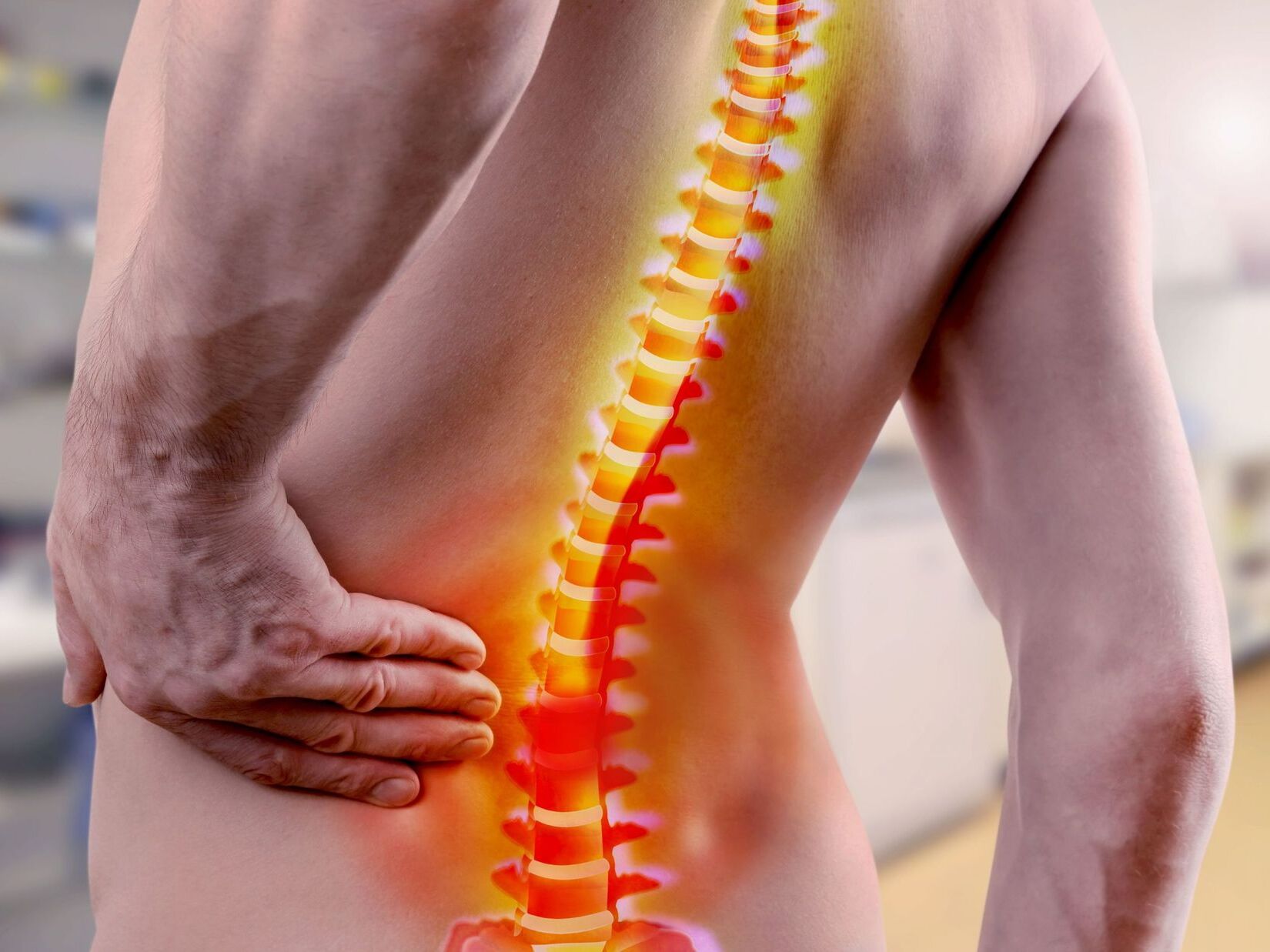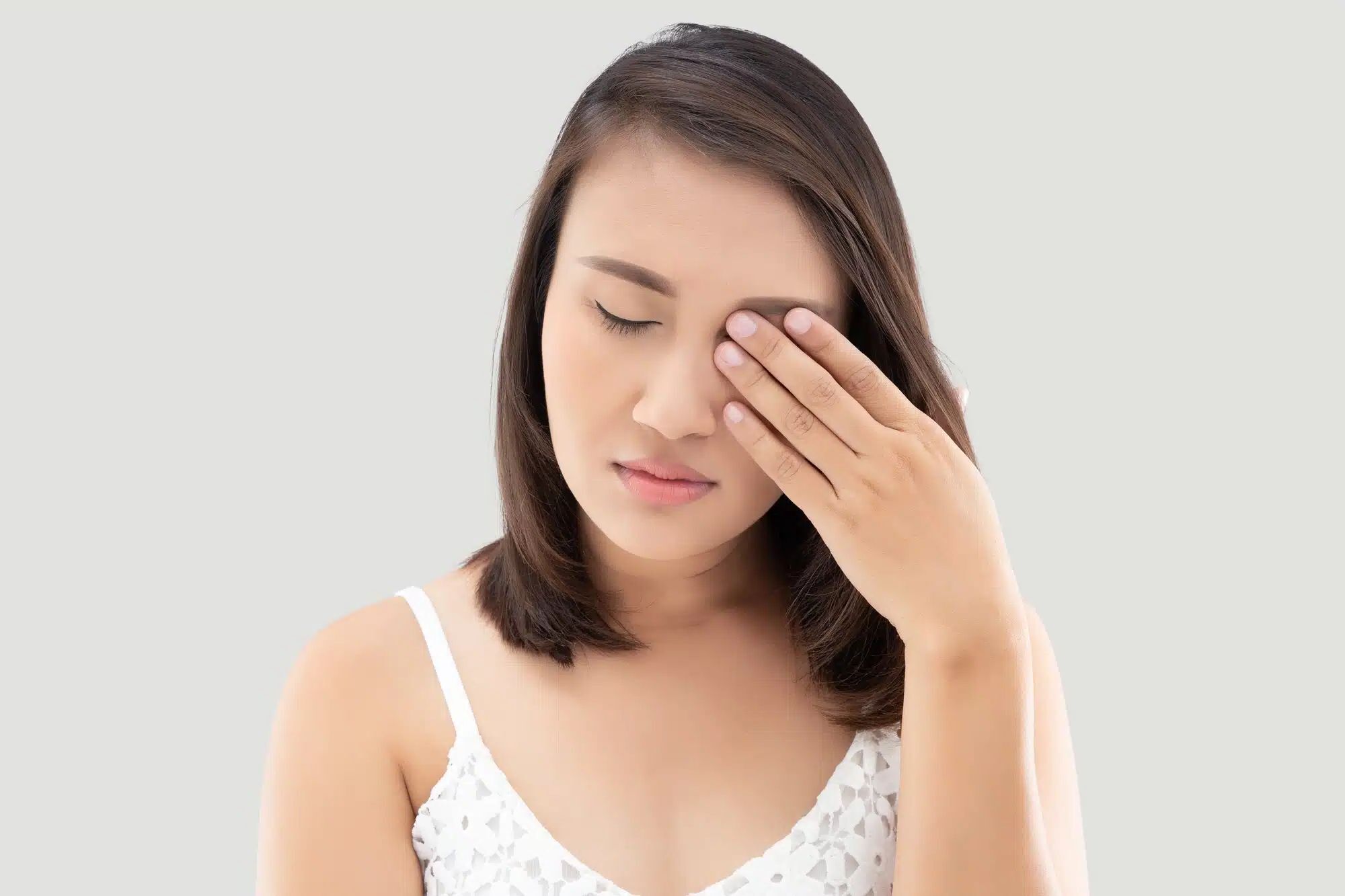
Stiff Person Syndrome (SPS) is a rare neurological disorder that causes severe muscle stiffness and spasms. Affecting roughly one in a million people, this condition can make everyday activities challenging. SPS often starts with stiffness in the trunk and abdomen, gradually spreading to other muscles. The exact cause remains unknown, but it's believed to involve an autoimmune response where the body attacks its own nervous system. Symptoms can vary widely, making diagnosis tricky. Treatments focus on managing symptoms through medications, physical therapy, and lifestyle changes. Understanding Stiff Person Syndrome is crucial for those affected and their loved ones.
Key Takeaways:
- Stiff Person Syndrome is a rare neurological disorder causing muscle stiffness and spasms. It primarily affects adults, and early diagnosis is crucial for managing symptoms and improving treatment outcomes.
- While there is no cure for Stiff Person Syndrome, various treatments such as medications, therapy, and support groups can help manage symptoms and improve quality of life. Living with SPS can be challenging, but finding the right support and making lifestyle adjustments can make a big difference.
What is Stiff Person Syndrome?
Stiff Person Syndrome (SPS) is a rare neurological disorder characterized by muscle stiffness and spasms. It can significantly impact daily life, making movement difficult and painful. Here are some intriguing facts about this condition.
- SPS affects about one in a million people worldwide.
- The disorder was first described in the 1950s.
- It primarily affects adults between 30 and 60 years old.
- Women are more likely to develop SPS than men.
- The exact cause of SPS remains unknown.
- Symptoms often begin gradually and worsen over time.
- Muscle stiffness usually starts in the trunk and abdomen.
- Spasms can be triggered by sudden noises or emotional stress.
- SPS can lead to a hunched posture due to muscle rigidity.
- Some patients experience difficulty walking or standing.
Symptoms and Diagnosis
Recognizing the symptoms and getting a proper diagnosis is crucial for managing SPS. Here are some key points about the symptoms and how doctors diagnose this condition.
- Muscle stiffness can be constant or come and go.
- Spasms may be painful and last for minutes to hours.
- Anxiety and depression are common among SPS patients.
- Blood tests can detect antibodies associated with SPS.
- Electromyography (EMG) helps measure muscle activity.
- MRI scans rule out other neurological conditions.
- Misdiagnosis is common due to the rarity of SPS.
- Early diagnosis can improve treatment outcomes.
- Some patients may develop a phobia of leaving their homes.
- Symptoms can mimic those of other disorders like multiple sclerosis.
Treatment Options
While there is no cure for SPS, various treatments can help manage symptoms and improve quality of life. Here are some treatment options available for SPS patients.
- Medications like diazepam can reduce muscle stiffness.
- Baclofen is another drug used to relieve muscle spasms.
- Intravenous immunoglobulin (IVIG) therapy can be effective.
- Physical therapy helps maintain muscle strength and flexibility.
- Occupational therapy assists with daily activities.
- Cognitive-behavioral therapy (CBT) addresses anxiety and depression.
- Some patients benefit from acupuncture or massage therapy.
- Regular exercise can improve overall well-being.
- Stress management techniques are crucial for reducing spasms.
- Support groups provide emotional and social support.
Living with Stiff Person Syndrome
Living with SPS can be challenging, but understanding the condition and finding the right support can make a big difference. Here are some insights into daily life with SPS.
- Adaptive devices like canes or walkers can aid mobility.
- Home modifications may be necessary for safety.
- A balanced diet supports overall health and energy levels.
- Maintaining a regular sleep schedule is important.
- Patients should avoid triggers like loud noises or stress.
- Family and friends play a crucial role in providing support.
- Educating others about SPS can foster understanding and empathy.
- Some patients may qualify for disability benefits.
- Regular medical check-ups are essential for monitoring the condition.
- Staying informed about new treatments and research is beneficial.
Research and Future Directions
Ongoing research aims to uncover more about SPS and develop better treatments. Here are some exciting developments in the field.
- Scientists are studying the role of the immune system in SPS.
- New medications are being tested in clinical trials.
- Genetic research may reveal predispositions to SPS.
- Advances in imaging techniques improve diagnosis accuracy.
- Patient registries help track the progression of SPS.
- Collaboration between researchers and patients accelerates discoveries.
- Awareness campaigns aim to educate the public about SPS.
- Funding for SPS research is increasing.
- Personalized medicine approaches are being explored.
- The future holds promise for better understanding and managing SPS.
The Final Word on Stiff Person Syndrome
Stiff Person Syndrome (SPS) is a rare, complex disorder that affects the central nervous system, causing muscle stiffness and spasms. Understanding SPS can be challenging due to its rarity and the variability of symptoms among patients. Early diagnosis and treatment are crucial for managing symptoms and improving quality of life. Treatments often include medications like muscle relaxants, anti-anxiety drugs, and immunotherapies. Physical therapy and lifestyle changes can also help manage the condition.
Raising awareness about SPS is essential for better diagnosis and support for those affected. If you or someone you know shows symptoms, consult a healthcare professional for proper evaluation. Knowledge and awareness can make a significant difference in the lives of those living with SPS. Stay informed, stay supportive, and let's work together to bring more attention to this rare condition.
Frequently Asked Questions
Was this page helpful?
Our commitment to delivering trustworthy and engaging content is at the heart of what we do. Each fact on our site is contributed by real users like you, bringing a wealth of diverse insights and information. To ensure the highest standards of accuracy and reliability, our dedicated editors meticulously review each submission. This process guarantees that the facts we share are not only fascinating but also credible. Trust in our commitment to quality and authenticity as you explore and learn with us.


